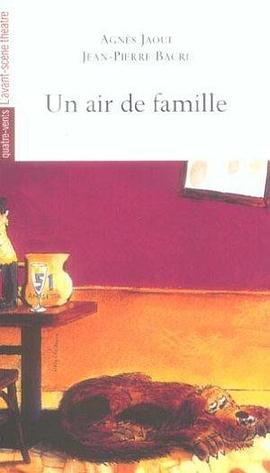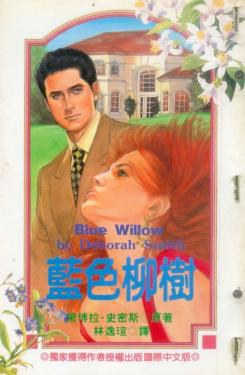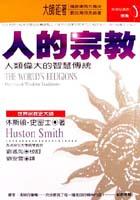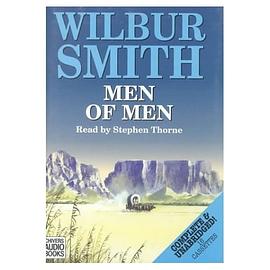

具体描述
Chinese Characteristics (1894) was the most widely read American work on China until Pearl Buck’s The Good Earth (1931). It was the first to take up the task of analyzing Chinese society in the light of "scientific" social and racial theory.
Written as a series of pungent and sometimes comic essays for a Shanghai newspaper in the late 1880s, Chinese Characteristics was among the five most read books on China among foreigners living in China as late as World War I and it was read by Americans at home as a wise and authentic handbook. The book was quickly translated into Japanese and just as quickly into Chinese. It was accepted by the Chinese — and has maintained its authoritative status for over a century — as the quintessential portrait of the Chinese race drawn by a Westerner.
Lu Xun, the most prominent Chinese cultural critic of the early twentieth century, urged his students to study and ponder Smith’s message, which was very widely debated in Chinese student circles. Within the last decade (the 1990s), two different, new translations of Smith’s book were published in China and both editions have enjoyed wide distribution and readership. In the West, particularly since World War II, Chinese Characteristics has been widely quoted (though seldom read) as an example of Sino-myopia and Orientalism. Despite such Western pseudo-intellectual bias, Smith’s arguments retain the power to provoke critical introspection among Chinese and, for the honest, among Westerners as well.
作者简介
Arthur H. Smith, D.D., was born in Vernon, Connecticut and graduated from Beloit College before serving with the Wisconsin infantry for a few months during the Civil War. A college friend called Smith an accomplished storyteller and "the funniest man I ever knew."
After he attended Andover Theological Seminary, in 1872 the American Board of the Commissioners for Foreign Missions sent him and his wife, Emma Jane Dickenson, to China. They lived in the north China village of Panjiazhuang for several decades, aspiring to fit in as "natives." Arthur Smith steeped himself in Chinese classical literature and folklore, leading to a stream of articles and books, including Proverbs and Common Sayings from the Chinese (1886; 1916); Village Life in China: A Study in Sociology (1899); and China in Convulsion (1901), a two-volume study of the Boxer Uprising.
目录信息
Introduction p. 9
I. Face p. 16
II. Economy p. 19
III. Industry p. 27
IV. Politeness p. 35
V. The Disregard of Time p. 41
VI. The Disregard of Accuracy p. 48
VII. The Talent for Misunderstanding p. 58
VIII. The Talent for Indirection p. 65
IX. Flexible Inflexibility p. 74
X. Intellectual Turbidity p. 82
XI. The Absence of Nerves p. 90
XII. Contempt for Foreigners p. 98
XIII. The Absence of Public Spirit p. 107
XIV. Conservatism p. 115
XV. Indifference to Comfort and Convenience p. 125
XVI. Physical Vitality p. 144
XVII. Patience and Perseverance p. 152
XVIII. Content and Cheerfulness p. 162
XIX. Filial Piety p. 171
XX. Benevolence p. 186
XXI. The Absence of Sympathy p. 194
XXII. Social Typhoons p. 217
XXIII. Mutual Responsibility and Respect for Law p. 226
XXIV. Mutual Suspicion p. 242
XXV. The Absence of Sincerity p. 266
XXVI. Polytheism, Pantheism, Atheism p. 287
XXVII. The Real Condition of China and Her Present Needs p. 314
Glossary p. 331
Index p. 333
· · · · · · (收起)
读后感
最近看了一本书,很好,书名叫《中国人的脸谱》(Chinese Characteristics)。有了网络以后,很少看书,能从头到尾看完整的更少了,但这本书做到了。 作者原名Arthur Henderson Smith(1845-1932),生于美国,中文名明恩溥。1872年来到中国,随后在中国生活达54年,后回美国安...
评分我喜欢另一个版本的。 《中国人的素质》秦悦老师翻译的。 读起来非常顺畅! 大家去买那本! 这个版本不行。
评分中国人,近百余年来,意识形态和统治阶层不停轮换,但其根本性格却一直根深蒂固,从未改变。所以,尽管此书写于上上世纪末期,100多年过去了,你仍会觉得,它写的竟然就是今天。
评分Arthur.H.Smith寫的《Chinese Characteristics》,新世界出版社翻譯成《中國人德行》。 書腰上介紹:“一部魯迅先生力薦立此存照的書籍,一部逼真描述中國人德行的書籍,一位在華居住22年的美國人的驚動世界之作。” 總之是本從前老美從自己覺得了解的角度看中囯人,然後中國...
评分这是一本鲁迅先曾极力推荐过的书。 读过之后我 想了很多,在此与大家交流。 书中的主要思想,说穿了就是对两中文化的对比,最后得出的结论当然是那个已经被我们完全接受的,西方文明优于中国文明,中国人有劣根性。 这样的话我们已经认定为真理,并且将其作为中国之所以贫穷...
用户评价
读这本书差点气得背过气去,一半是因为写得在理,一半是因为西方凝视????
评分西方人眼中的中国人~写于清末时期,有些言论颇为offensive,但客观来看,有些对中国人性格的描述还是比较一针见血的~换个角度看自己,也可有些反思~
评分本书是鲁迅先生的灵感来源。青年人读一读有个心理准备,你要去社会上即将和什么样特性的人相处,都在本书中有描绘。
评分非常独特的看中国文化的视角,虽然有失偏颇但有独到之处!
评分无话可说 作者真是……太浮夸了????
相关图书
本站所有内容均为互联网搜索引擎提供的公开搜索信息,本站不存储任何数据与内容,任何内容与数据均与本站无关,如有需要请联系相关搜索引擎包括但不限于百度,google,bing,sogou 等
© 2025 book.quotespace.org All Rights Reserved. 小美书屋 版权所有




















